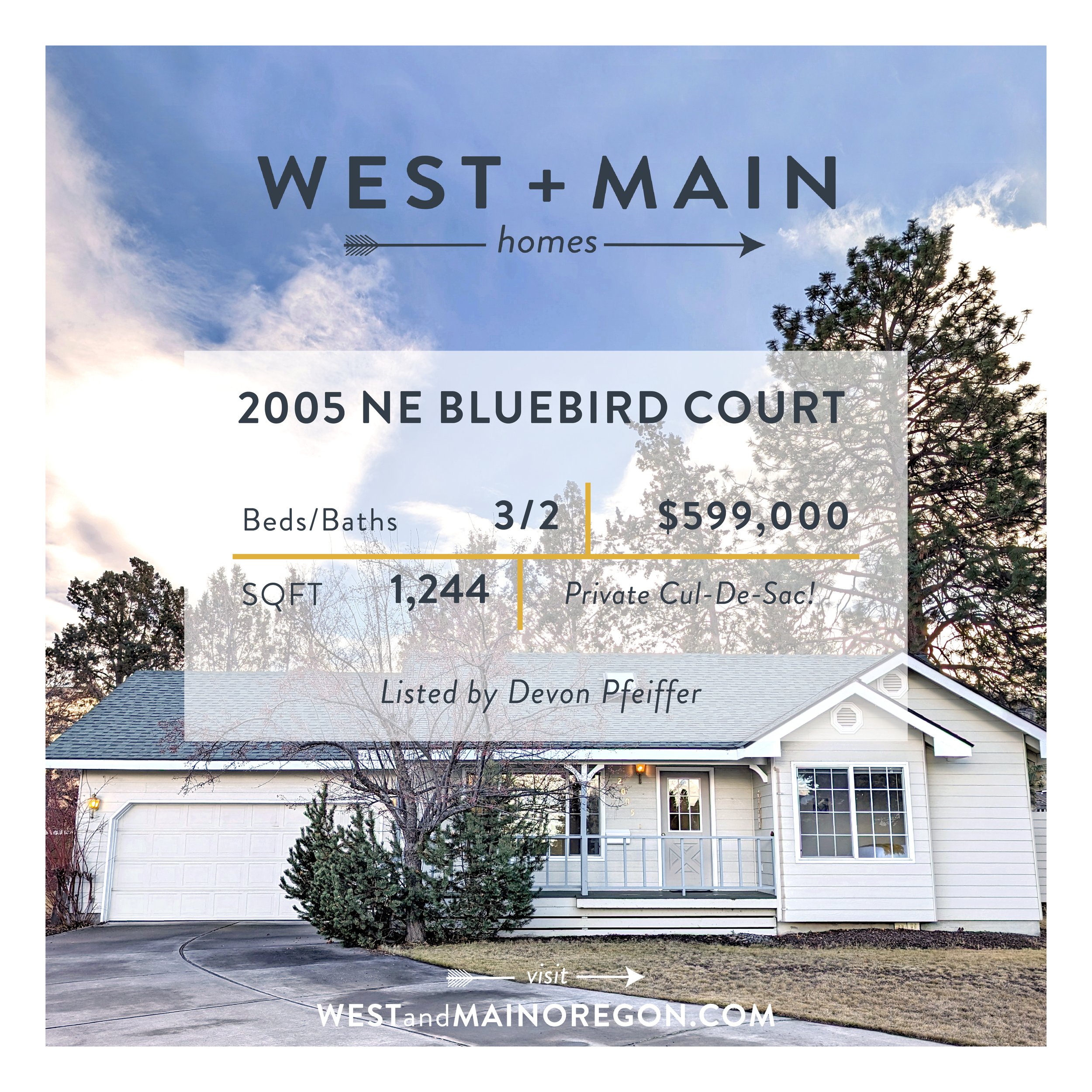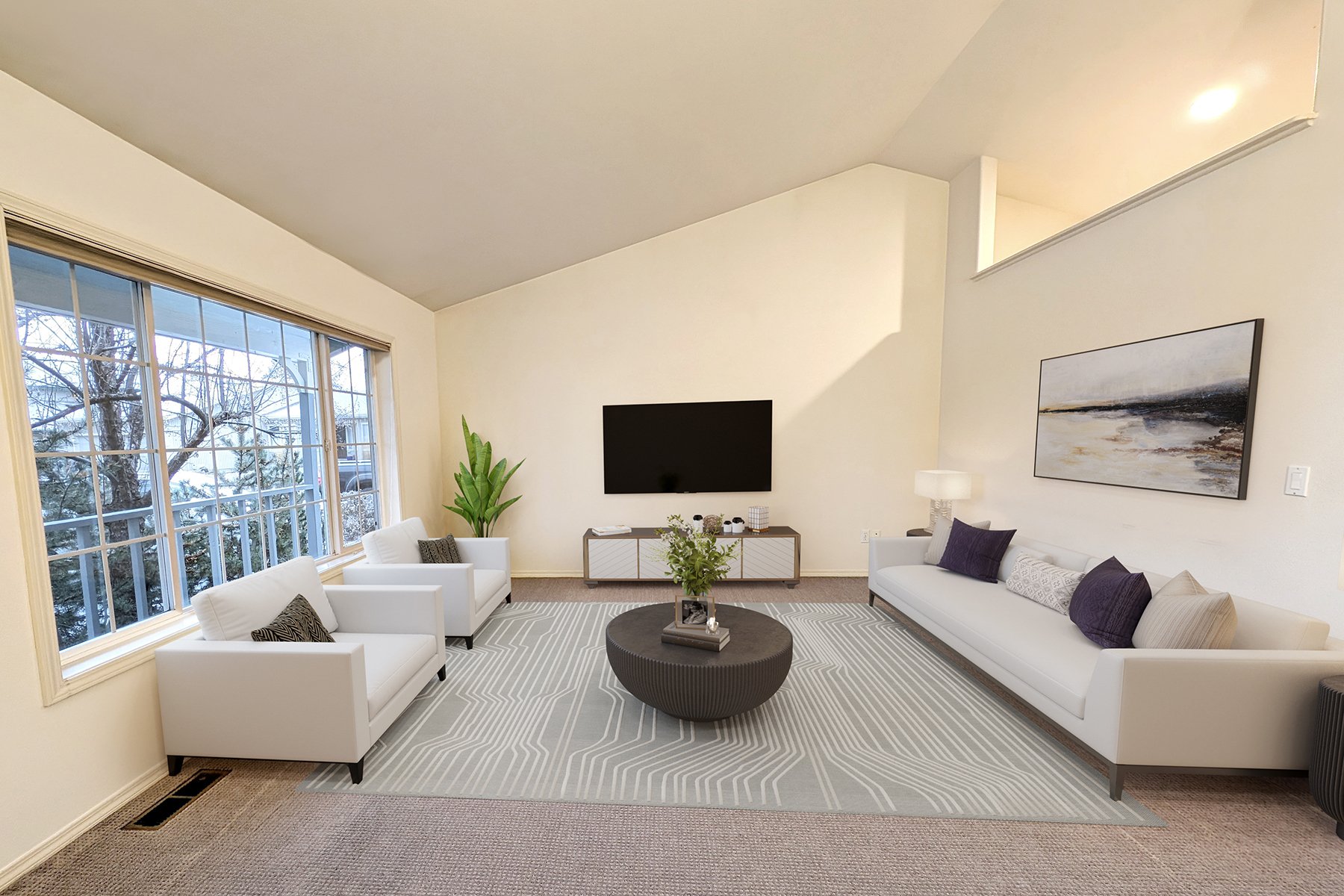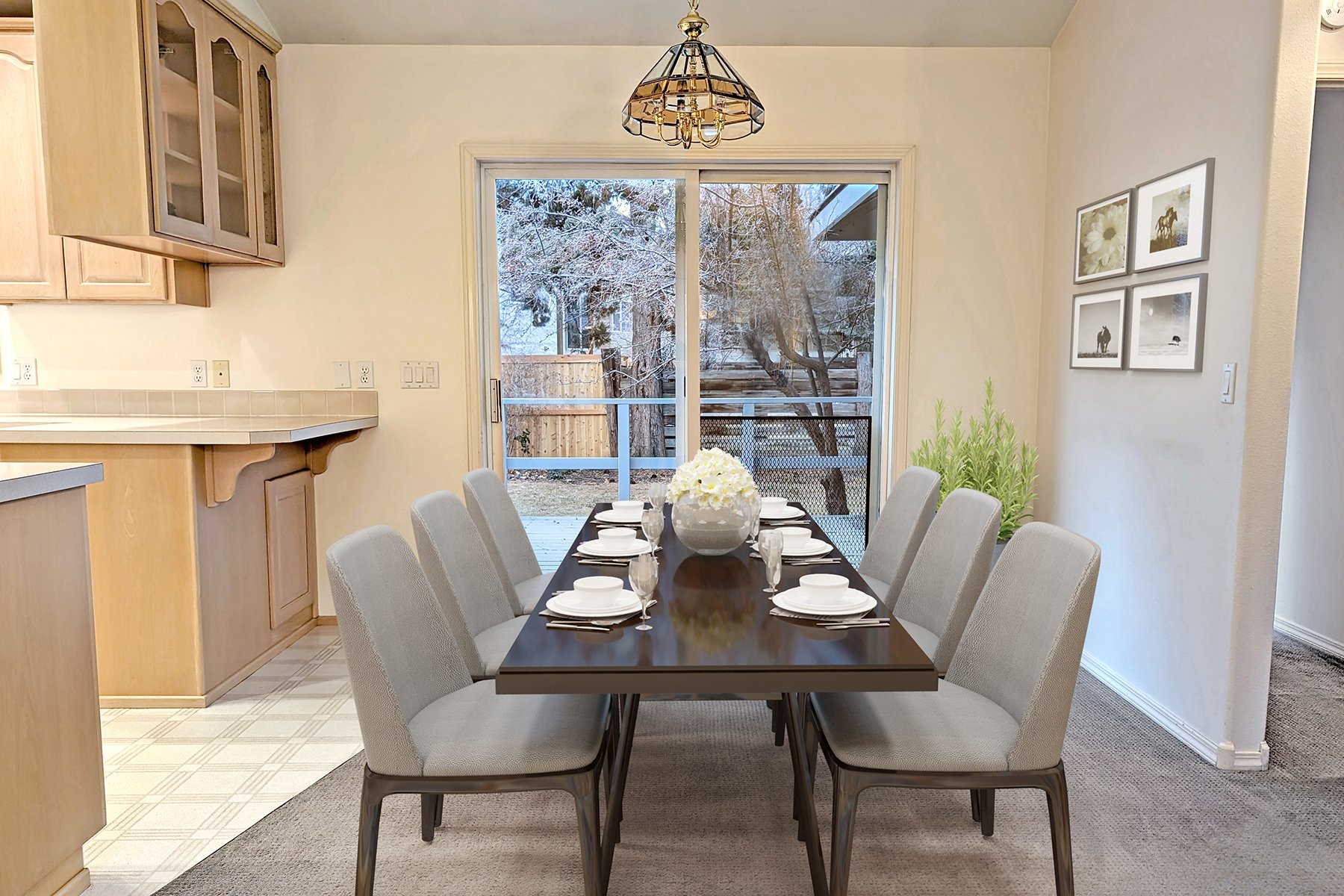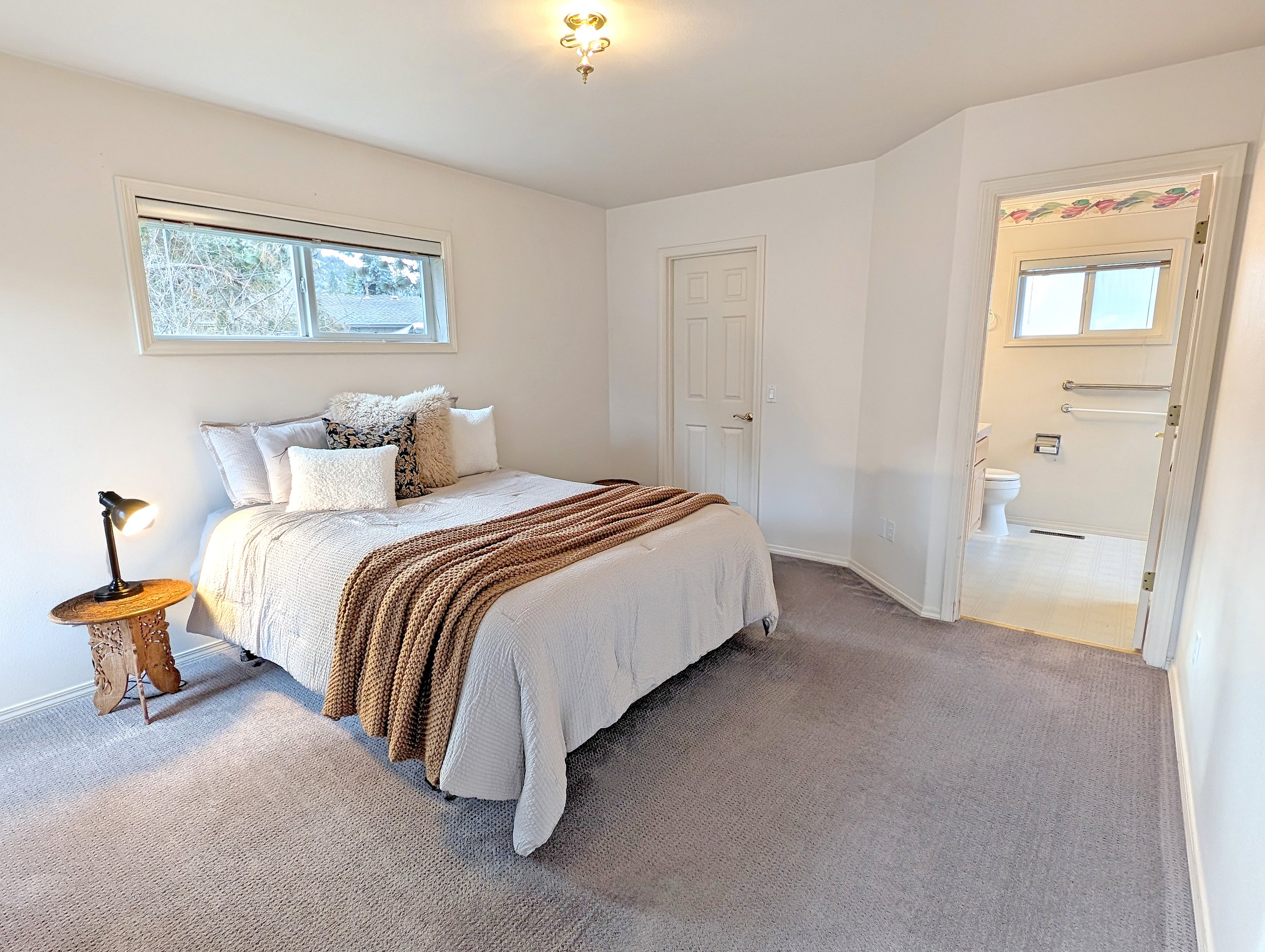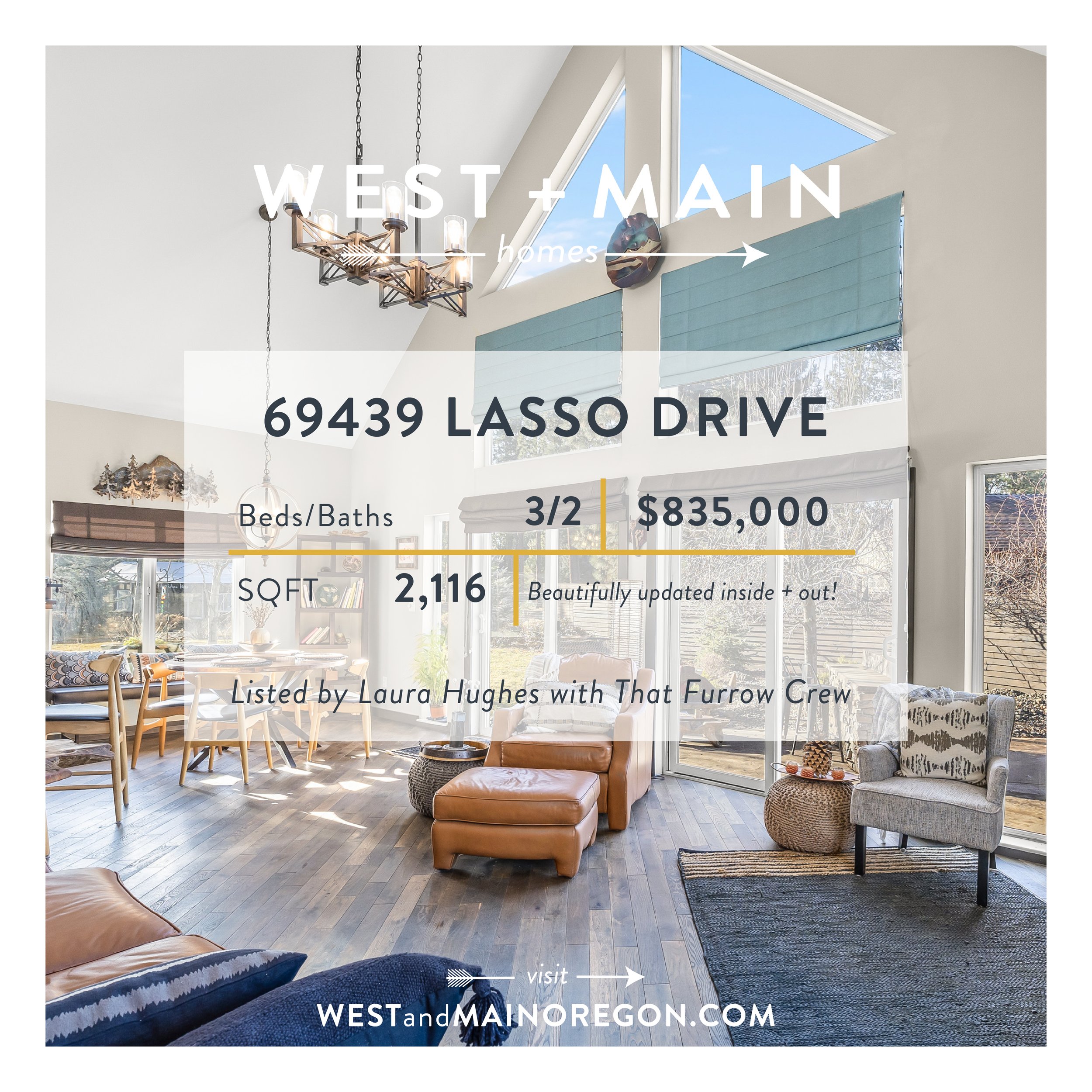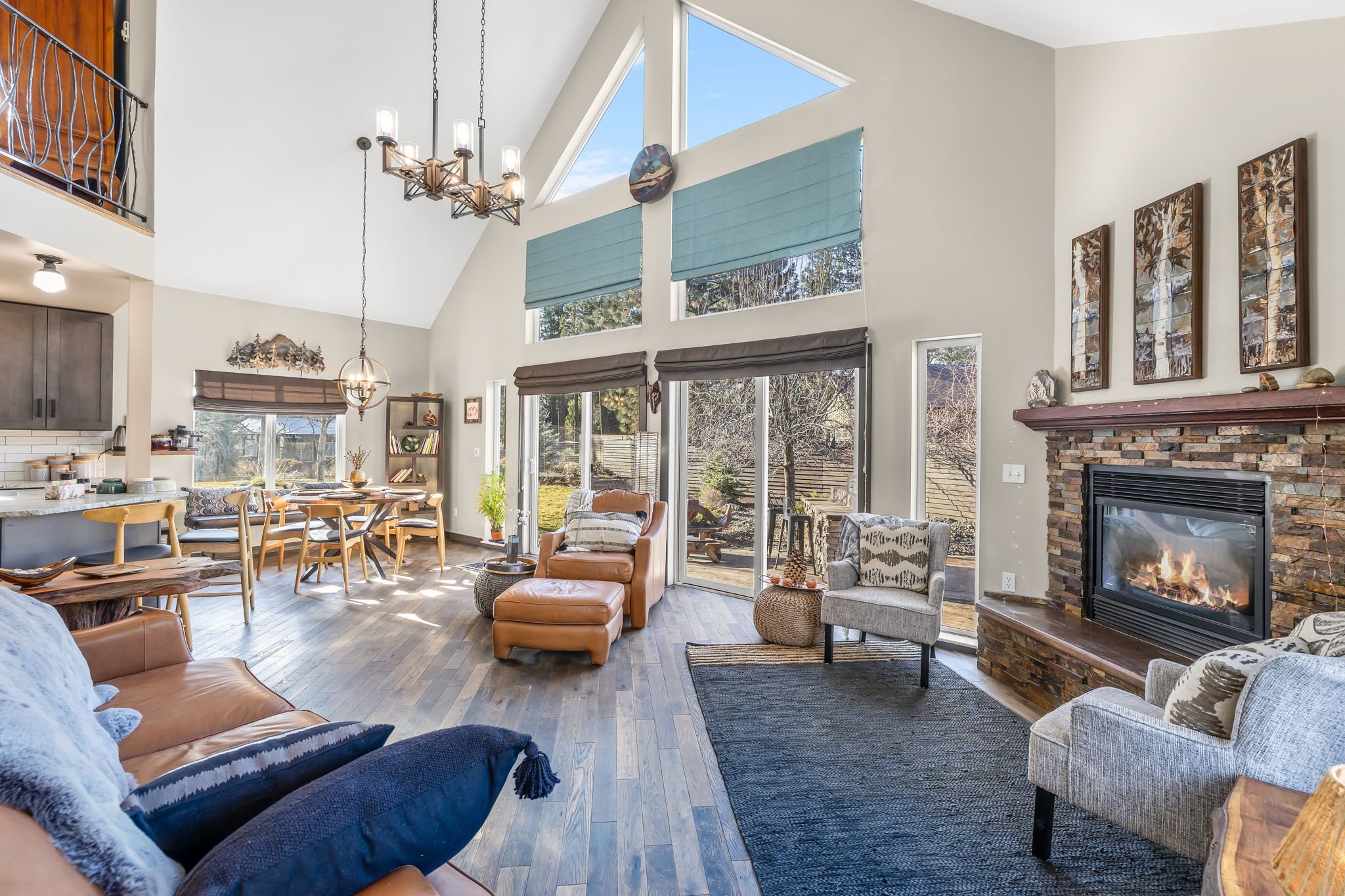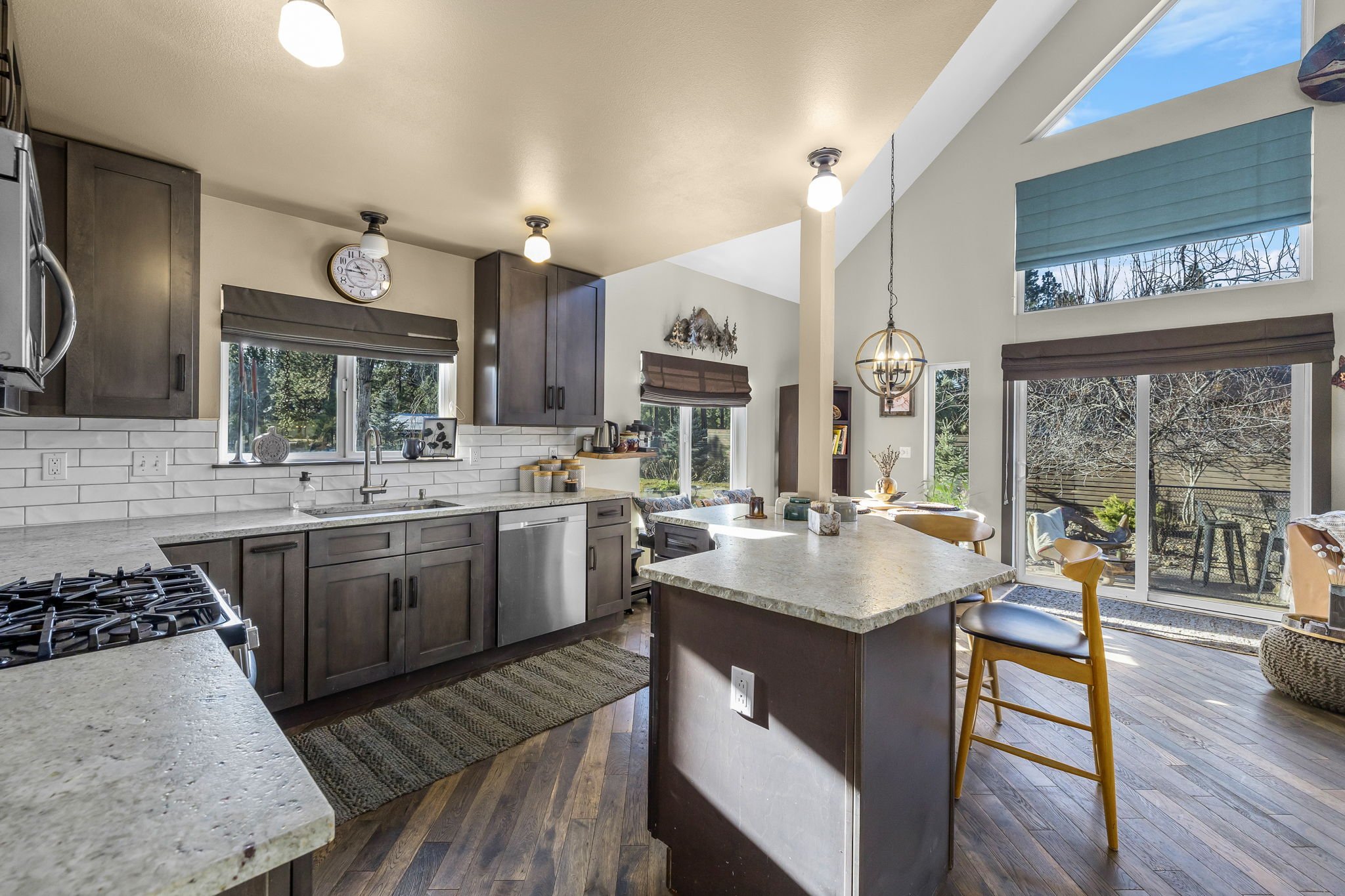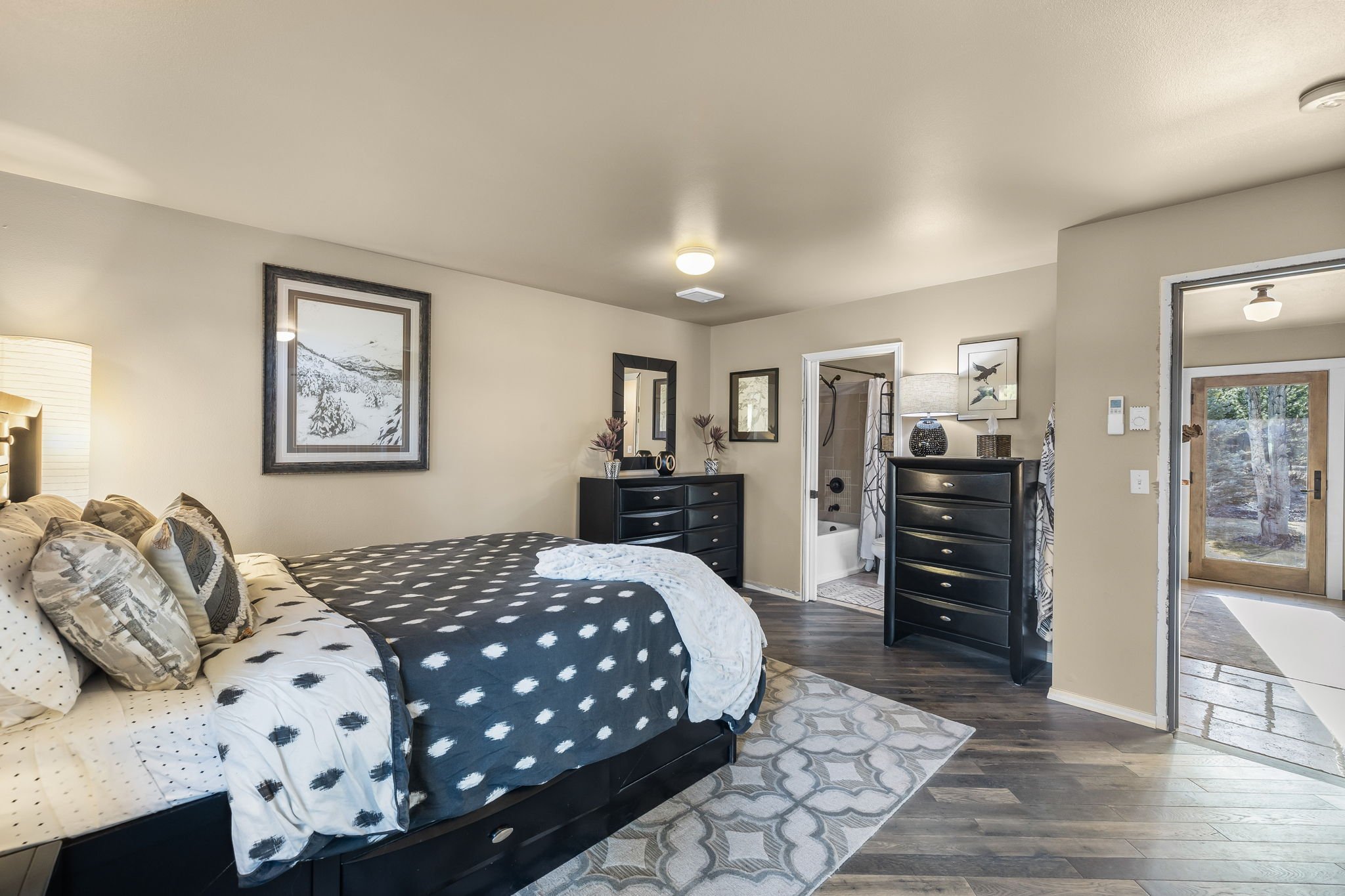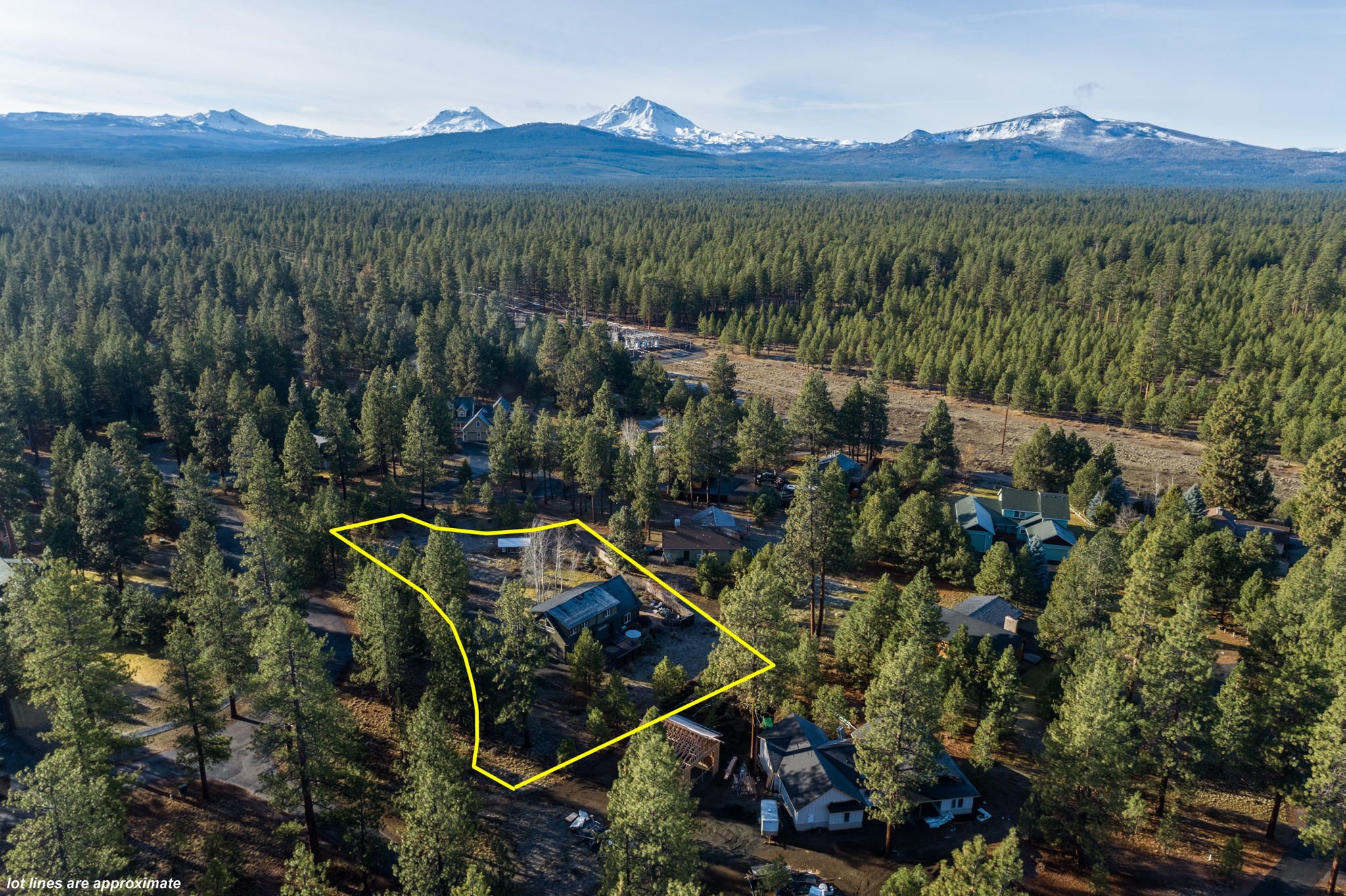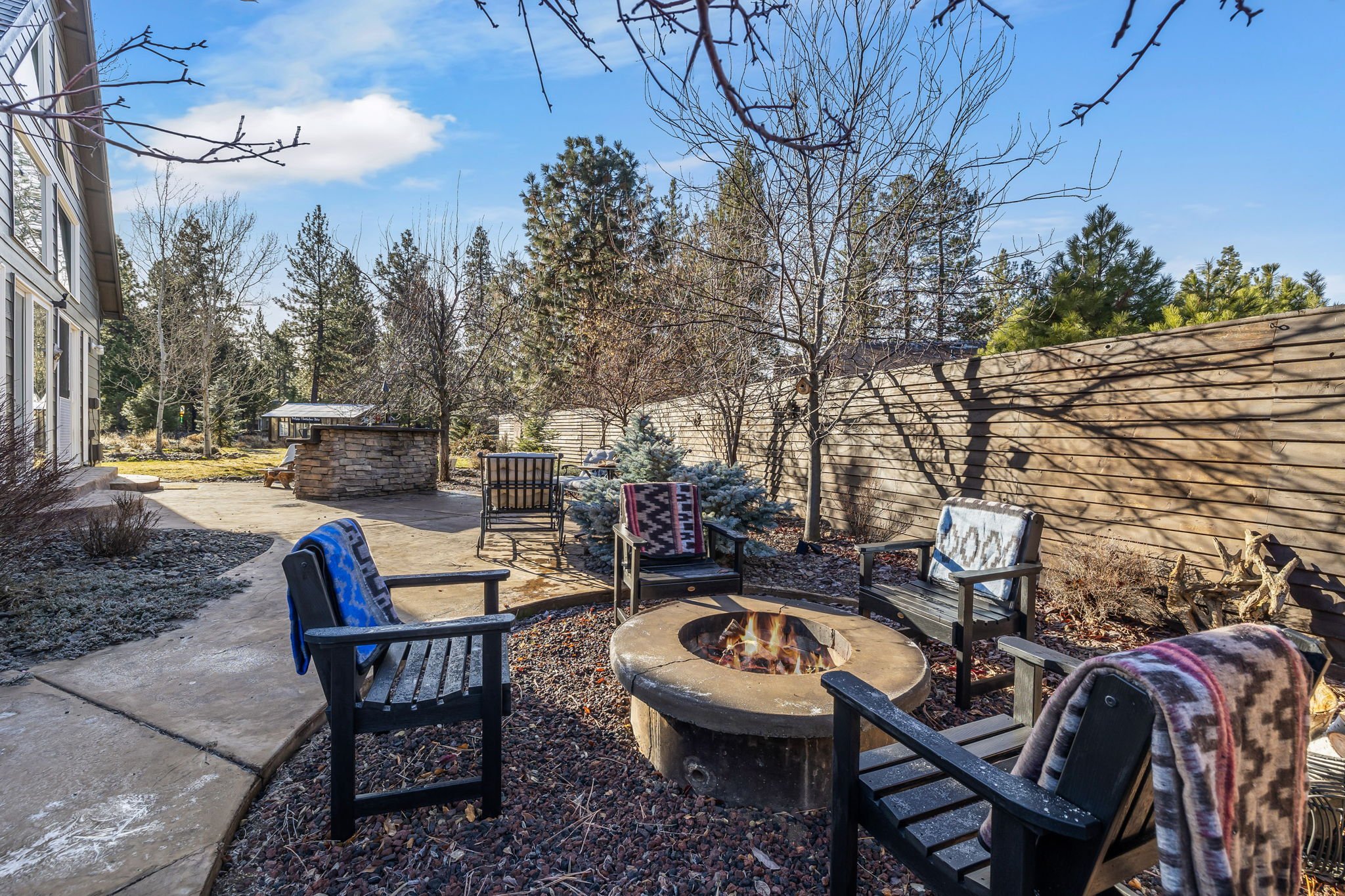For decades now, a certain type of homeowner has yearned not just for a house in a nice town—but for one in a development with pools, tennis courts, and game rooms, among other amenities.
Generally, such homes are found in planned communities run by homeowners associations (HOAs).
But these days, more buyers want the benefits of an HOA plus a whole lot more. Think pickleball courts, spas, blueberry picking (yes, you read that right), and Himalayan salt saunas.
Known as wellness communities, these developments offer a range of niceties in addition to fitness and recreational facilities.
“These communities put health and wellness center stage,” says Eric Bramlett, a real estate agent and the owner of Bramlett Residential in Austin, TX.
Is wellness living just a buzz term? Or does this new type of community signify a true shift in the way people want to—and can—live their lives? We reached out to developers, real estate experts, and residents in these communities to find out more.
What exactly is “wellness”?
Wherever you find these developments, you will find a focus on physical and mental health.
“The residents of wellness communities are given the opportunity to engage in regular exercise, which helps boost energy levels and minimizes the risks of disease,” points out David Tully, a real estate agent who has worked with these developments at eXp Realty in Reno, NV. “There are also often programs and facilities dedicated to meditation, yoga, or mindfulness, which helps increase self-awareness and minimizes stress.”
He adds that there are also opportunities to engage in group activities, events, and classes, where residents can connect with each other.
What to expect in a wellness community
Wellness living is still a new category, so the forms it takes can vary considerably.
Embrey Mill, built in 2015 in North Stafford, VA, boasts 10 miles of paths and wooded trails, 285 acres of open space, 15 parks and playgrounds, two resort-style pools, and a full-service bistro, says Erin Smith, senior director of sales and marketing for Brookfield Residential.
There are also community gardens, wash-and-play dog centers, and a dedicated clubhouse with bocce ball courts for residents who are 55+. The community is an all-ages development, with a dedicated section for those 55+.
Wellness living doesn’t necessarily mean a home in the country, though. The Park in Santa Monica, CA, offers a range of luxe amenities focused on wellness. While most of these extras feel fairly standard for a particular type of upper-echelon, 1% lifestyle, others really kick it up a notch.
“We offer everyday amenities like valet parking, on-site storage, and car washes, while also offering a Himalayan salt sauna, meditation rooms, a working library, a 1-acre rooftop with a pool, garden, and dog park,” says co-CEO of Witkoff, Alex Witkoff. “Community is another huge emphasis of wellness-based living. We believe that offering weekly experiences to residents—such as poolside Saturdays, happy hours, movie nights, and other events—promotes stronger social and mental wellbeing.”
What living in a wellness community is really like
Sure, wellness communities sound idyllic. But are they the equivalent of an exercise bike? Once a new resident moves in, are these developments’ amenities used for a few weeks, only to slowly fade into the background as residents return to more sedentary habits?
Not necessarily. Residents insist they’ve seen changes in their physical and mental health as a direct result of where they live.
“Opportunities to escape into deep woods and trails right in our own backyard are a big draw for us,” notes Greg, 62, who prefers to use his first name only for privacy, when explaining his and wife Amanda’s attraction to Serenbe, a wellness community in Chattahoochee Hills, GA.
He’s also coming around to some of the spa amenities on tap: hyperbaric oxygen therapy, cryotherapy, and red-light therapy.
Tina Willis, a personal injury attorney and owner of Tina Willis Law in Winter Garden, FL, says she uses the amenities in her wellness community daily.
“Having a 30-plus-mile rail trail outside my door makes it effortless to maintain a healthy lifestyle, even with my busy schedule as an attorney,” she says.
The cons of living in a wellness community
There are not many disadvantages to having easy spa and hiking-trail access. Still, there could be a few unexpected drawbacks to life in wellness communities.
For instance, there might not be as much diversity in an upscale community as you would encounter in a neighborhood that doesn’t host regular happy hours.
“These communities typically attract individuals having similar demographics, interests, and lifestyles,” notes Tully. “And they also often have stricter rules and regulations than other residential areas, including the appearance of properties, guidelines regarding noise levels, and restrictions on various activities.”
How much does wellness living cost?
If you suspect that living a wellness lifestyle doesn’t come cheap, you are right. Renting a unit in a wellness community starts at around $2,500 and soars into the $10,000-a-month range. Meanwhile, buying a home in one of these developments will start in low- to mid-six figures and can climb well into the multimillion-dollar territory.
Bottom line? Wellness living won’t appeal to everyone; but for a certain homebuyer seeking a direct conduit to health and social connection, it’s the future.
Wellness-centric housing enclaves are popping up across the country, but they’re especially abundant in regions with warmer climates and opportunities for outdoor activities.
Related Links
If there is a home that you would like more information about, if you are considering selling a property, or if you have questions about the housing market in your neighborhood, please reach out. We’re here to help.
Search Homes in Colorado
Search Homes in North Carolina
Search Homes in Oklahoma
Search Homes in Oregon
Search homes in Minnesota

